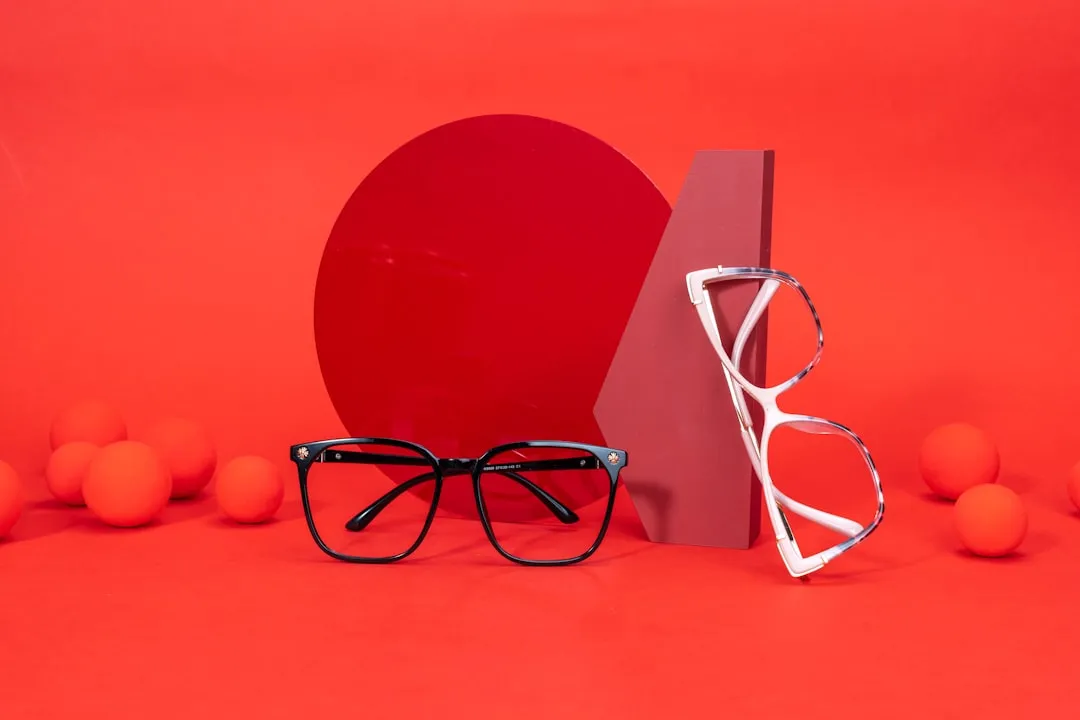Just a week after news leaked out about Intel's 2018 plans for smartglasses, the company revealed what the device looks like and how it works in a new video (bottom of this page) released on Monday.
Intel's Vaunt smartglasses weigh just 50 grams and come closest to looking like a normal pair of glasses as any attempt at smartglasses we've seen yet.
Currently, the device is only offered in white and black, and each pair needs to be fitted to the wearer's interpupillary distance so that the display can properly line up to the user's eyeballs.
In a demonstration video, posted by The Verge, the glasses appear to be relatively normal frames, and it likely wouldn't be immediately obvious to a casual onlooker that there's a visual display embedded in the glasses.
Although no 3D graphic imagery is projected in the demonstration (we only see text and icons), the seamless and nearly invisible to the outside world display is nevertheless impressive. Oh, and they work for prescription glasses wearers as well.
The dynamic is achieved using a low energy vertical cavity surface emitting laser (aka a VCSEL). According to Jerry Bautista, the vice president and general manager of Intel's New Devices Group, that laser works in concert with a "holographic grating embedded in the lens to reflect the correct wavelengths back to your eye." The technique, called retinal projecting, allows images to be projected onto the back of your retina.
Compared to what we're used to in mobile devices, the Vaunt is fairly barebones. The Bluetooth capable device is designed to work in conjunction with your smartphone (Android and iOS) and is embedded with its own accelerometer, compass, custom app processor, and could (in its final version) get up to 18 hours of battery life.
Interestingly, the device has no camera, no mic, no speakers, and doesn't use a swipe interface as is common on the arms of some smartglasses. Instead, for commands, the device allows the wearer to use head movements to respond to various onscreen prompts.
However, the report notes that future versions of the Vaunt may include a microphone to allow for Alexa-style interactions. (Something we've already seen with the Vuzix Blade.)
Intel plans to make the Vaunt available later this year to developers who enroll in an early access program, and the company is also working on additional frame styles, as well as its own companion app.
So while this minimalist approach to smartglasses may not be as sexy as the augmented reality future promised by companies like Magic Leap, the look and app execution of the Vaunt indicates that it's something that could be incredibly practical "right now."
In terms of displaying notifications and directions on a wearable, the Vaunt may not seem like a massive step beyond what we saw from Google Glass back in 2012, but in terms of dramatically reducing the creepiness factor, this is a revolutionary new step.
- Follow Next Reality on Facebook, Twitter, Instagram, YouTube, and Flipboard
- Sign up for our new Next Reality newsletter
- Follow WonderHowTo on Facebook, Twitter, Pinterest, and Flipboard
Cover image via The Verge/YouTube





























Comments
Be the first, drop a comment!